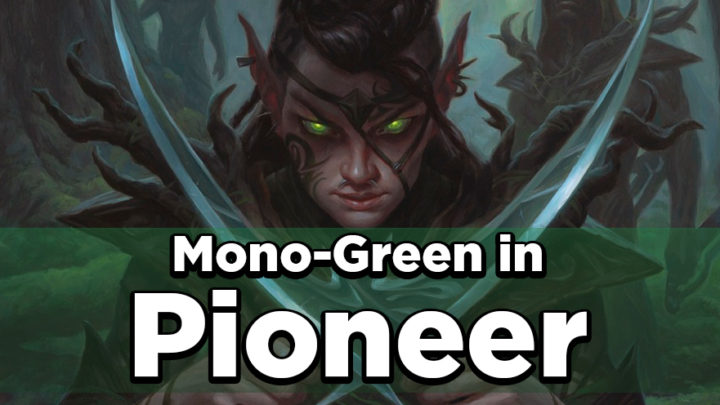When most players hear about a Stompy deck, they think ridiculously large threats. They think large power coming into the red zone against the rest of the format’s puny creatures. Stompy decks aren’t trying to play some attrition game or work their way around creature combat. They’re trying to run you over and laugh in post-combat’s wake…assuming there even is a post-combat.
Welcome to the world of Stompy, the freight train of Pioneer!
Why play Stompy?
Stompy decks in Pioneer are the perfect combination of classic “Monsters” decks and ramp. Some of the most powerful cards in the format are mana dorks, and you get to play (at least) eight of them. Your curve demands an answer from turn one, and the weight of your curve is way too brutal for most decks to handle. You also gain access to almost all the best three-drops in the format, and they all synergize with the top end of your deck.
Speaking of your top end…
That’s right, you get to play these — usually by turn three or four!
You won’t find a deck in Pioneer that goes as big or as fast as this one!
The Core:
4 Llanowar Elves, 4 Elvish Mystic

These are an absolute necessity. Your goal is to land your massive threats ahead of schedule, then snowball into even more earlier-than-expected bombs. Llanowar Elves and Elvish Mystic get that proverbial ball rolling. They are the reason why Stompy decks fundamentally work, and since they’re 1/1s, they also help Lovestruck Beast attack. With The Great Henge out, they draw you a card. They can still be fairly dead in the late-game, but they definitely do more work in this deck than they would in others.
2-3 Rhonas, the Indomitable
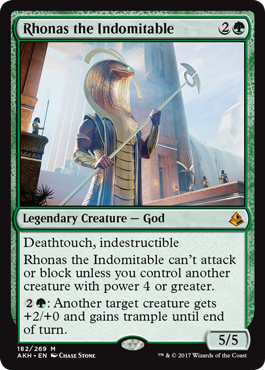
The hallmark card of the deck. Rhonas is a major factor in giving your massive threats evasion. He’s a threat that is extremely hard to remove and even harder to fight in combat. He’s the bridge to your proverbial destination, and you’ll always have ways of both turning him on, and pushing damage through with him on the battlefield.
4 Lovestruck Beast, 4 Steel Leaf Champion

No matter what other colors you add to your Green Stompy deck, you’ll be playing these two huge threats. Lovestruck Beast’s downside isn’t so bad when you have eight 1/1 mana dorks, as well as additional Lovestruck Beasts. Steel Leaf Champion is effectively unblockable if it sticks on turn two, and you’ll often find yourself sneaking in five damage at least once against most decks. Evasion like this is incredibly important; the alternative is having a bunch of big creatures that get chump blocked a lot.
3 Yorvo, Lord of Garenbrig or 4 Rotting Regisaur
Depending on whether you play mono-green or splash black, your third three-drop of choice will be one of these two.

Yorvo is an efficient threat that allows the mono-green version to freeroll Nykthos, Shrine to Nyx. He grows out of control very, very quickly, and naturally gets two counters whenever you play any of your other primary threats. A three-mana 6/6 is exactly what this deck wants, and you’ll hit the ground running in no time.
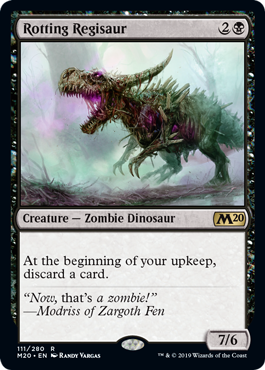
But if you decide to splash black, then Rotting Regisaur is by far your best threat. It’s consistently bigger than Yorvo, but the downside of discarding cards is very real unless you include Scrapheap Scrounger. That said, this is the only threat in the deck that allows you to cast The Great Henge for two mana right afterwards, which often means lights out.
2-4 Ghalta, Primal Hunger
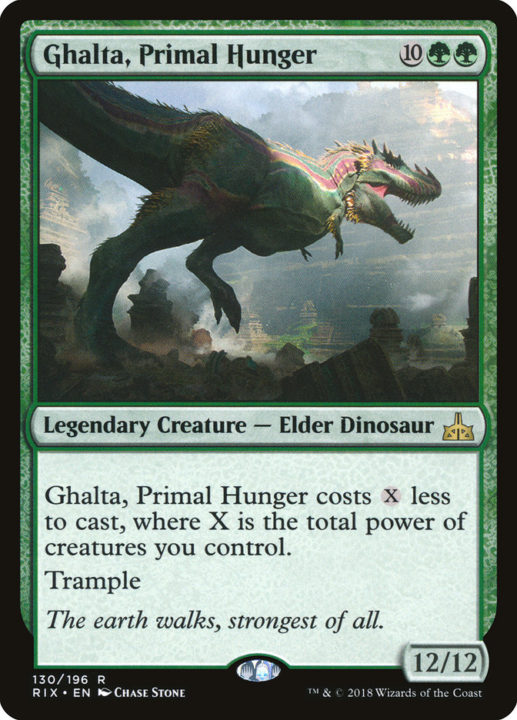
The biggest beast of them all. No one is bigger than a 12/12 trample, and certainly not as early as turn three. This card slams the door hard, fast, and with authority. Period, no questions asked!
Supporting Cast:
1-3 Surrak, the Hunt Caller
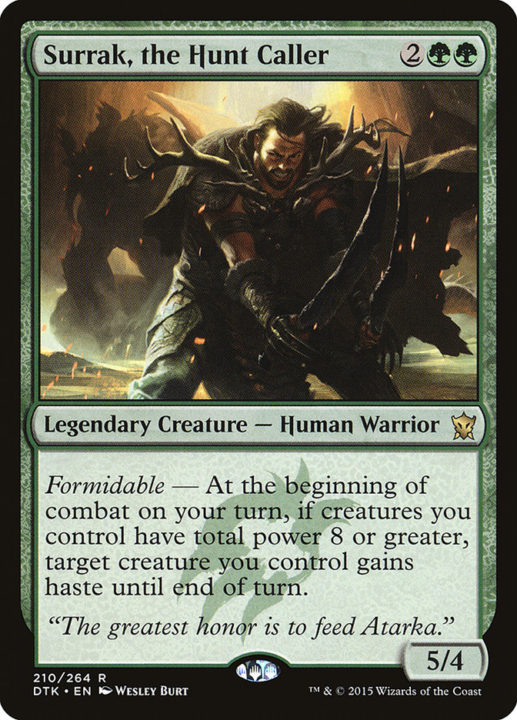
The virtual top of your curve. Surrak, the Hunt Caller helps keep the pressure going in the most brute force way possible. While he needs help getting to Formidable, there’s no shortage of high-power creatures in this deck. The number of Surraks you play will directly depend on how fast the format gets. The slower things are, the more you’ll want to play.
3-4 The Great Henge

This card completely crushes your opponent if they fall behind even the slightest bit. The Great Henge makes every creature, from turn one onward, a must-answer threat. Once this resolves, even your least effective creatures in combat will allow you to draw a card. Your late-game mana dorks suddenly become useful, and your already-powerful threats dig you deeper into your deck.
Sample List
Mono-Green Stompy, by MeisterGibs
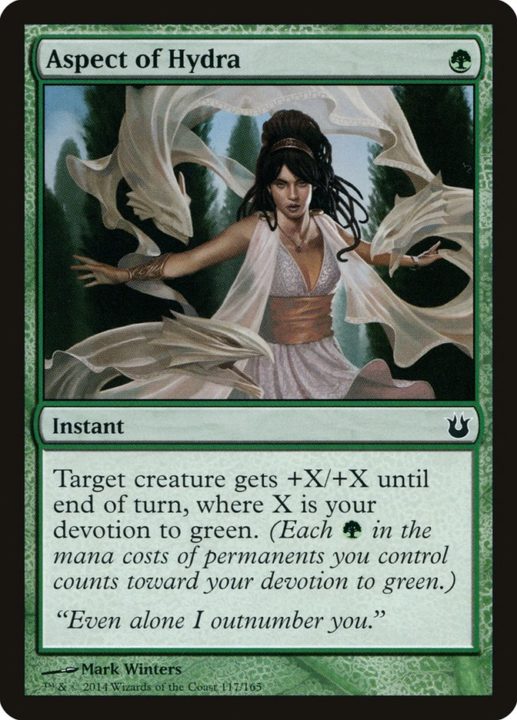
4 Aspect of Hydra
4 Burning-Tree Emissary
4 Elvish Mystic
14 Forest
4 Ghalta, Primal Hunger
4 Hashep Oasis
4 Llanowar Elves
4 Lovestruck Beast
3 Nykthos, Shrine to Nyx
2 Rhonas the Indomitable
4 Steel Leaf Champion
4 Surrak, the Hunt Caller
3 The Great Henge
2 Yorvo, Lord of Garenbrig
Sideboard:
3 Damping Sphere
1 Dissenter’s Deliverance
3 Heroic Intervention
2 Hunt the Hunter
4 Shapers’ Sanctuary
2 Vine Mare
Sideboard Considerations
Discard spells
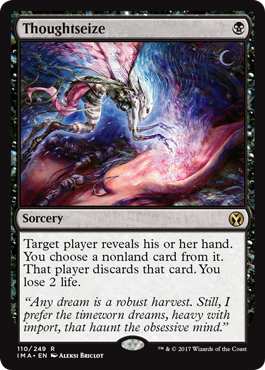
I consider the discard spells staples in the sideboard, and a big reason why you would play black in the first place. The choice between Thoughtseize and Duress is mostly cosmetic, but I personally prefer Thoughtseize to pick off any creatures that combo decks may pivot to.
Graveyard hate
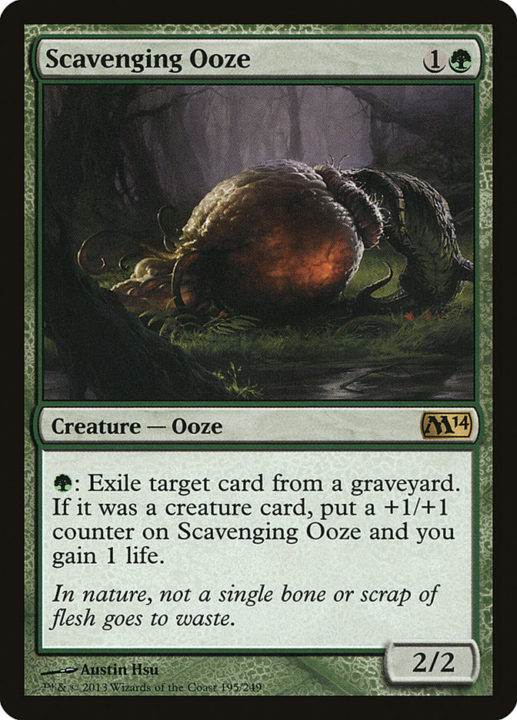
If you aren’t splashing black, your best graveyard hate spell is Scavenging Ooze. While you can play things like Tormod’s Crypt or Soul-Guide Lantern, it’s important to have a strong pressure tool as well, so Scavenging Ooze gets the nod. If you’re splashing black, then Leyline of the Void is your heavy hitter if you really need to deal with the ‘yard. This slot will ebb and flow based on what’s happening in a given week and/or at your tournament.
Interaction

If you’re playing Mono-Green, Hunt the Hunter is your go-to if you’re looking to kill other mana dorks. You should include it in your sideboard if you expect a lot of mirror matches and ramp decks in particular. Heroic Intervention is another great tool for green — it’s effectively a counterspell against U/W Control and 5-Color Niv.
In black, you have no shortage of options. Abrupt Decay helps against Ensoul and aggressive decks. Ob Nixilis’s Cruelty hits Gods, Gideon Planeswalkers, Archangel Avacyn, and recursive creatures like Scrapheap Scrounger, Rekindling Phoenix, and half of Mono-Black Aggro’s creature suite. Ultimate Price isn’t as versatile as Ob Nixilis’s Cruelty, but being one mana cheaper is a big deal; the same can be said for Cast Down or Doom Blade. You’ll be rewarded with much more consistent draws if you opt for narrower but cheaper spells, but it ultimately depends on your metagame. I personally prefer the broader removal spells, especially since cards like Ensoul Artifact and Heliod are becoming mainstays of the format.
Utility

Despite all the previous options, you still have plenty of choices left for your sideboard. Do you want to win the majority of races in mirrors and against aggressive decks? Then, I’m a big fan of Shadowspear. Want to get value out of your opponent interacting with you? Shapers’ Sanctuary is a very nice one. Vine Mare is a huge boon against Mono-Black decks, while also being pretty okay against U/W, if you have the space. Damping Sphere is a stone-cold killer against Lotus Field or Underworld Breach. Thrashing Brontodon and Reclamation Sage are your bread and butter artifact/enchantment hate. Vivien, Arkbow Ranger is a great option for mirrors and slow formats, and I expect her to start making her way into the main deck down the road. Hornet Nest is a big problem for any deck that’s fast and wants to go wide. Lastly, Kiora, Behemoth Beckoner is a strong tool that will give you free reign in extending far more than you normally would, as well as giving your creatures virtual vigilance.
To splash or not to splash?
There are certainly merits to playing a Mono-Green Stompy deck as opposed to splashing black. For starters, your mana hurts moderately less, with only additional copies of Hashep Oasis causing potential problems. You do lose the most powerful sideboard color in the format in black, but you gain percentages against the hyper-aggressive decks. You also gain access to the powerful pump spell Aspect of Hydra, and Yorvo, Lord of Garenbrig greatly improves its potential.
On the other hand, the black splash gives you a much better sideboard. Having access to Thoughtseize for combo decks and control decks, hard removal for problematic creatures, and more resilience in Scrapheap Scrounger allow you to survive longer and pivot when you need to. You also get Rotting Regisaur, the largest creature you can play on turn two and the most reliable way you can cast The Great Henge on turn three.
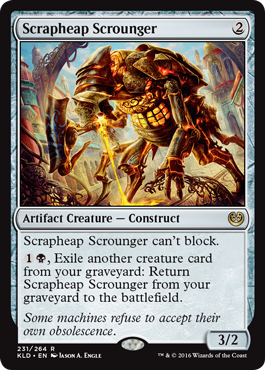
But the cost of this is a much more painful manabase. Overgrown Tomb and Llanowar Wastes provide black mana at a cost, and you’ll lose games because of this without realizing it. And while Rotting Regisaur may be big, there will also be games where it simply cannot get through because you can’t give it evasion.
Green Stompy decks used to splash blue, but at this point, I wouldn’t consider it. Back when Oko was legal in Pioneer, you could justify splashing blue for the three-mana Planeswalker based on its power level alone. Nowadays, the best blue card to splash for is Mystical Dispute in the sideboard — which is good, but not better than the black cards. It’s important to realize that while you do play huge haymakers, you aren’t actually spending much mana on them. This deck depends on big creatures with cost-reduction clauses, so cards like Hydroid Krasis don’t fit very well.
Adapting to the metagame
While Stompy decks have a very consistent core, it’s capable of radical shifts to adapt to the changing metagame. Currently, there is a lot of Dimir Inverter, Mono-Black Aggro, Azorius Spirits, and 5-Color Niv, which means you’re going to face a whole lot of removal, discard, and tempo plays. Because of this, it may be worthwhile to main-deck Thoughtseize to keep pace and strip key spells from your opponents. It may also be worth playing an additional Rhonas, the Indomitable and Vivien, Arkbow Ranger to sidestep the most common removal spells as well. Main deck Heroic Intervention may become the plan in the future as well, as it doubles as Supreme Verdict protection.
Here’s a rough sketch of a future-proofed version of the deck:
G/B Stompy, by Anthony Lowry
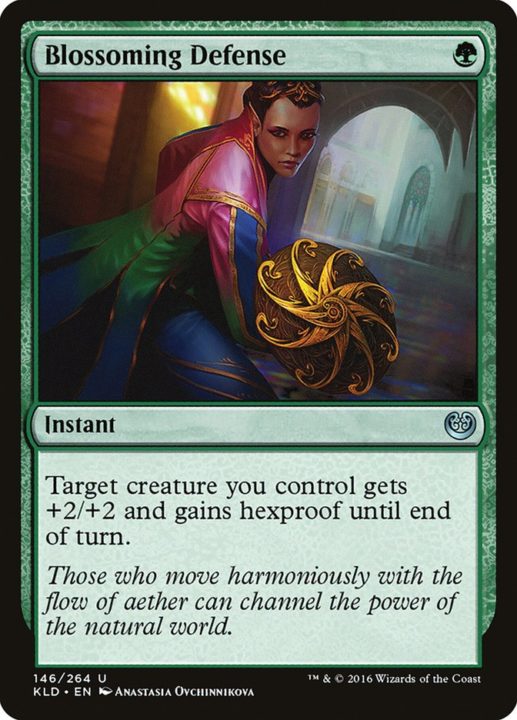
4 Llanowar Elves
4 Elvish Mystic
4 Scrapheap Scrounger
1 Heart of Kiran
3 Rhonas, the Indomitable
4 Rotting Regisaur
4 Steel Leaf Champion
4 Lovestruck Beast
1 Surrak, the Hunt Caller
2 Ghalta, Primal Hunger
2 Viven, Arkbow Ranger
4 The Great Henge
2 Blossoming Defense
4 Llanowar Wastes
4 Blooming Marsh
4 Overgrown Tomb
2 Hashep Oasis
7 Forest
Sideboard:
2 Fatal Push
2 Shapers’ Sanctuary
4 Thoughtseize
2 Golgari Charm
3 Self-Inflicted Wound
2 Damping Sphere
Stompy builds will definitely ebb and flow in the metagame. When the format slows down, it’s important to have more interaction; when the format speeds up, you need to speed up with it.
Big-creature aggro decks will always be a mainstay in Pioneer. As long as eight (or sometimes more!) mana dorks remain in the format, this deck can very easily crush a tournament. With the Players Tours in Brussels and Nagoya in the rearview, and SCG Philadelphia and the Players Tour in Phoenix on our horizon, I expect to see this deck doing a whole lot of damage, in every sense of the word!
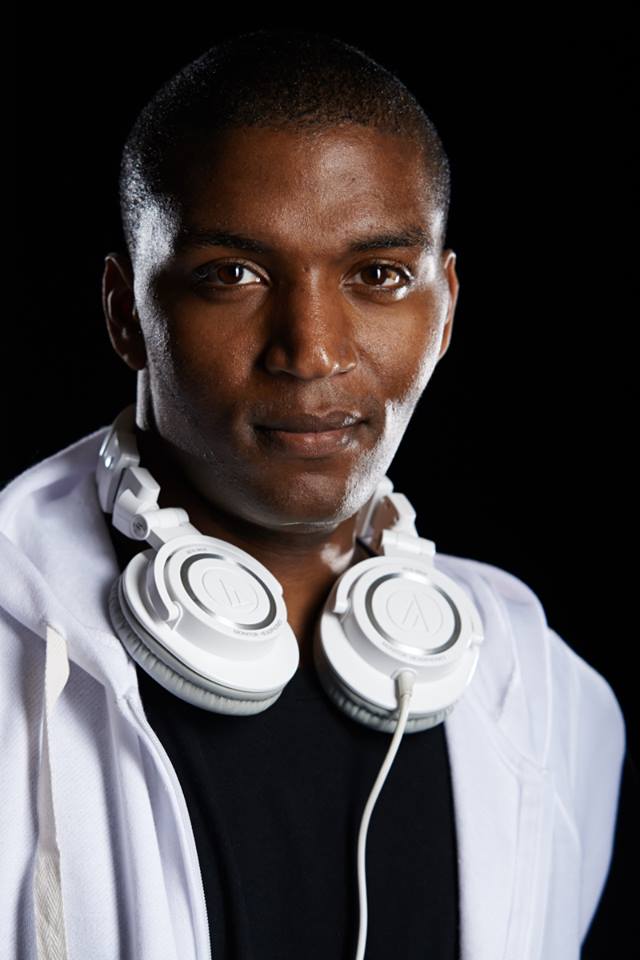
Anthony Lowry is a high level competitor in several games, and Magic is no exception. His newfound passion for deckbuilding has reignited his drive to compete and test his skill against the best.

